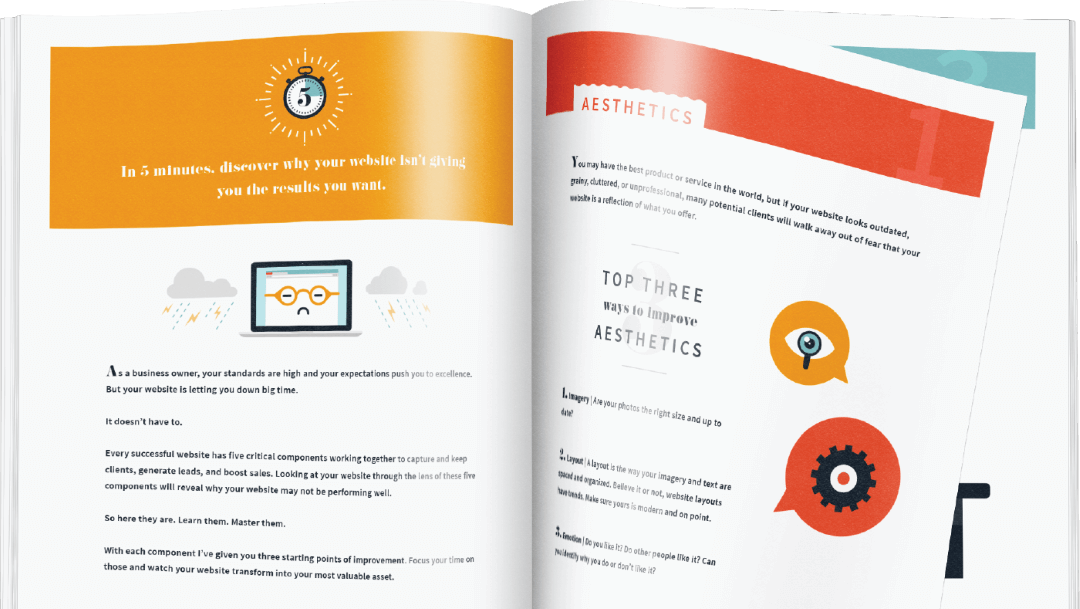There are two types of contact pages: one that implies you want to be contacted, and one that suggests the opposite. The key to crafting a successful contact page is deciding which type you’re going for and learning how to write it well.
For the purposes of this classroom article, we’ll assume you actually want your viewers to get in touch with you. Remember, your contact page is one of the most important parts of your site. It will be one of the most often visited, and it can be a deal breaker just as easily as a deal maker.
Most likely, if someone is looking at your contact page, the thought of contacting you has already crossed their mind. Thus, the purpose of the page is not to continue to give them reasons why they should get in touch with you; rather, it is to make it easy for them to do so.
The first step is to make yourself approachable. You must convince them that you really, truly want them to contact you. Assure them that you will listen, respond, and be friendly and helpful. You must do this—all of this—in hardly any space at all. A few simple sentences (or less) should do the trick. The more compact, the better.
The second step is to include various methods of contact: email address, phone number, and mailing address are best to start out with. Keep in mind that each person has a preferred communication method. Some people are too shy to call, others too restless to email. And though few people are likely to send you actual, physical mail or visit you, including a physical address does well to build trust. It helps reassure readers that you are a real business with real people located in a real place.
If you use a contact form, you might still want to include your business email address elsewhere, even though it all ends up in the same place. Many people dislike filling out forms, and anyone who has done so is probably familiar with the frustration of taking the time to fill one out only to never hear back. Including an option for them to contact you through email allows potential clients to feel as though they have the opportunity to speak to you more directly. Also, if you include a form you might want to specify how quickly you’ll respond to them (within 24 hours, in 1-2 business days, etc.) And if you’ve ever had any issues with your email in the back, be sure to tell them what they should do if they don’t hear back from you.
Your contact page is also an excellent place to include your business hours (so they know when to call) as well as any social media outlets you have. Again, people are more likely to contact you through platforms with which they are comfortable. If they love Twitter and see that you tweet, they may feel inclined to talk to you there before formally contacting you.
Lastly, remember to consider your contact page’s visual impact. It should be clean, straightforward, and easy on the eyes. They will associate how it looks with the person they will be contacting whether you want them to or not, so don’t make it boring, and don’t be too over-the-top.
Other tips:
- Make sure your contact page is easy to find! There’s nothing more frustrating than wanting to get ahold of a business and being unable to track down their contact information.
- End your page with your signature, name, and credentials; it’s an excellent way to build trust. Including a picture of yourself or your company is also a good way to add familiarity.
- If there are multiple employees or departments that may be contacted, either include what each person is to be contacted about (tech support, customer service, etc.) or list one person as a primary contact point.
- To minimize the amount of emails and phone calls you receive, you might consider including a few “Frequently Asked Questions” or pointing them to an FAQ page.


